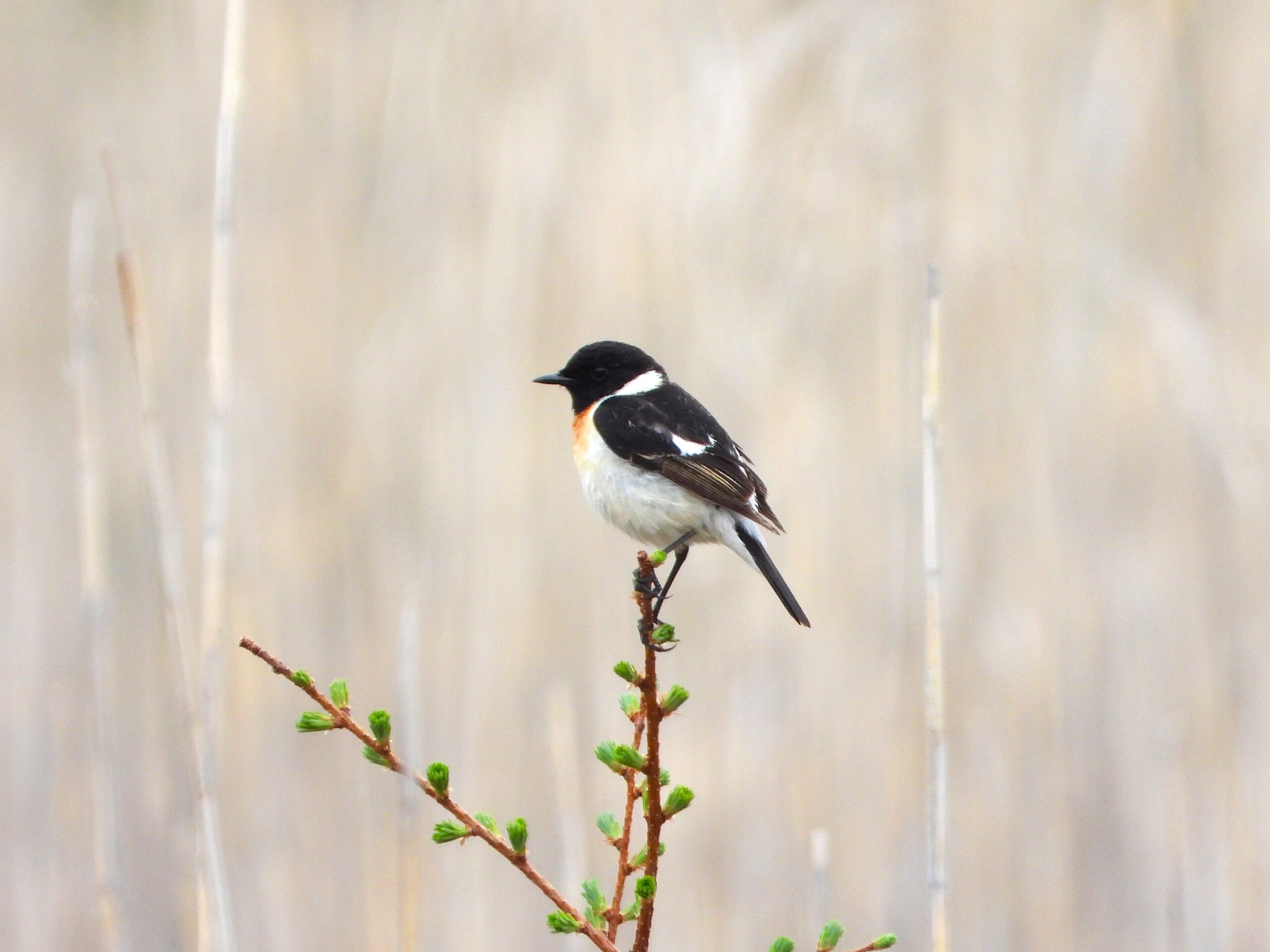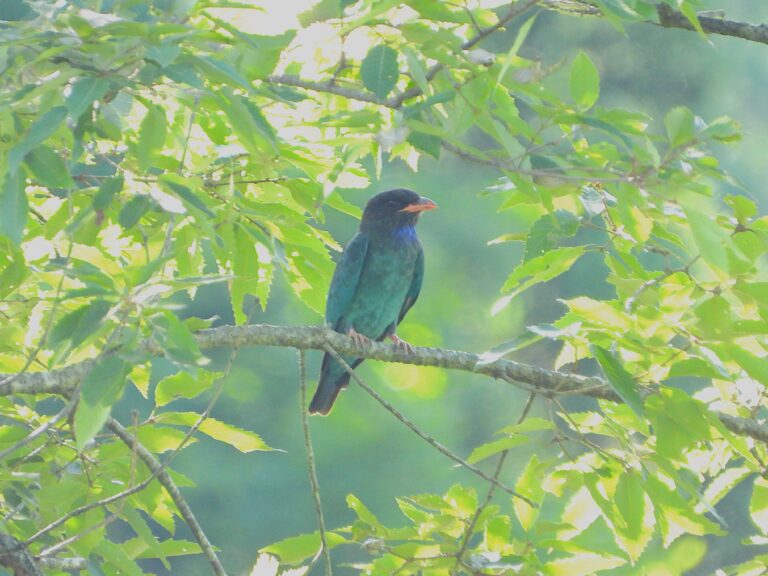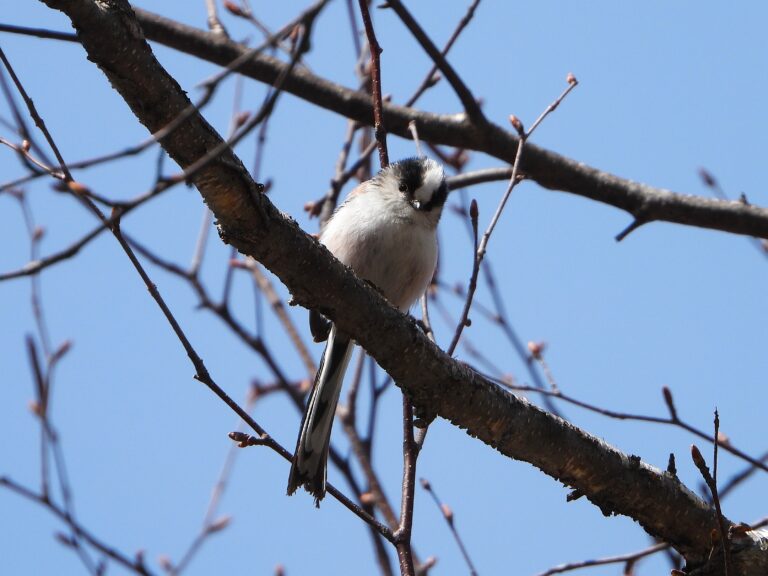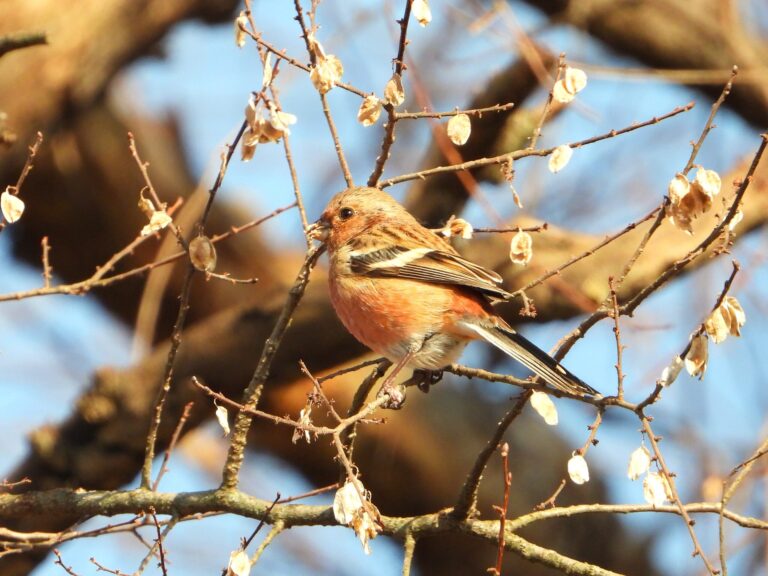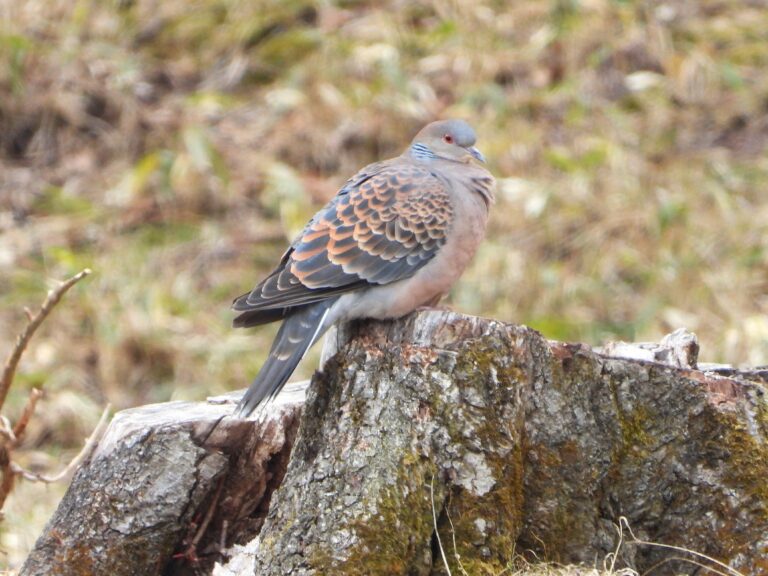Siberian Stonechat (Saxicola stejnegeri) – Wildlife of Japan
Introduction
The Siberian Stonechat (Saxicola stejnegeri), also known as Stejneger’s Stonechat, is a small passerine bird belonging to the Old World flycatcher family (Muscicapidae).
Once treated as part of Saxicola torquatus, molecular and vocal studies have confirmed S. stejnegeri as a distinct East Asian species.
In Japan, it is a common summer visitor, especially in Hokkaidō and northern Honshū, migrating southward to Southeast Asia in winter.
Appearance
The Siberian Stonechat measures about 13 cm in length and weighs roughly 12–16 grams.
The male in breeding plumage has a black head and upper breast, a vivid orange chest, a white belly, and distinct white patches on the wings and neck sides.
The female and non-breeding birds are brownish overall, with paler underparts and no black head.
The species often perches upright on grass stems or fences, flicking its tail and scanning for insects — a behavior reflected in its Japanese name “Nobitaki,” meaning “perched high.”
Habitat & Distribution
In Japan, the Siberian Stonechat breeds in Hokkaidō, northern Tōhoku, and upland grasslands such as Kirigamine and Sugadaira in Nagano Prefecture.
It favors open grasslands, meadows, and fallow fields with scattered low vegetation.
During migration, from April to May and again in September to October, it appears in lowland farmlands and riverbanks throughout Honshū, sometimes reaching Kyūshū.
In winter, the species migrates to southern China, Vietnam, Thailand, and the Philippines.
Behavior
The Stonechat hunts by the “perch-and-sally” method — watching from an exposed perch, darting to catch insects, then returning to the same spot.
Males sing from prominent perches to declare territory during the breeding season.
The song is a mix of short, harsh, and fluty notes; the call is a sharp “chack-chack.”
Diet
The diet consists mainly of insects — beetles, flies, grasshoppers, and caterpillars — caught on the ground or in mid-air.
Occasionally, they also eat spiders or small seeds, especially outside the breeding season.
By consuming large numbers of agricultural insects, the species contributes to natural pest control.
Reproduction
Breeding occurs from May to July.
The nest is a small cup of dry grasses and moss, hidden low among dense vegetation.
A clutch usually contains 4–6 pale bluish eggs.
The female incubates alone, while both parents feed the chicks until they fledge about two weeks after hatching.
Conservation
The Siberian Stonechat is classified as Least Concern by both Japan’s Ministry of the Environment and the IUCN (2024).
However, it depends on open grassland habitats that are rapidly disappearing due to land development and farmland abandonment.
Maintaining traditional grasslands and sustainable farming practices is vital for its long-term survival.
Author’s Impression
The Siberian Stonechat is a familiar sight in refreshing open grasslands.
It often perches on the most prominent spots, such as the top of a reed or a fence post, making it one of the easiest grassland birds to observe.
Its calm alertness and rhythmic tail flicks perfectly capture the tranquil atmosphere of Japan’s summer meadows.


